The chimney is one of the most recognizable parts of any home. There are many things to consider when you own one, like insulation. But just how close can you insulate around a chimney to prevent heat loss from happening? Don't fret, as we have researched this to find the answer you're looking for.
If you're planning to insulate around your chimney, it's best to consult the building codes in the area that you live in. Usually, it will require at least two to three inches of space between the chimney and the insulation material.
In this article, you will learn what benefits insulation brings to a chimney and how to go about it. You will also learn when to insulate a chimney and how much it will cost to seal and cap one up. So, continue reading to find out more.
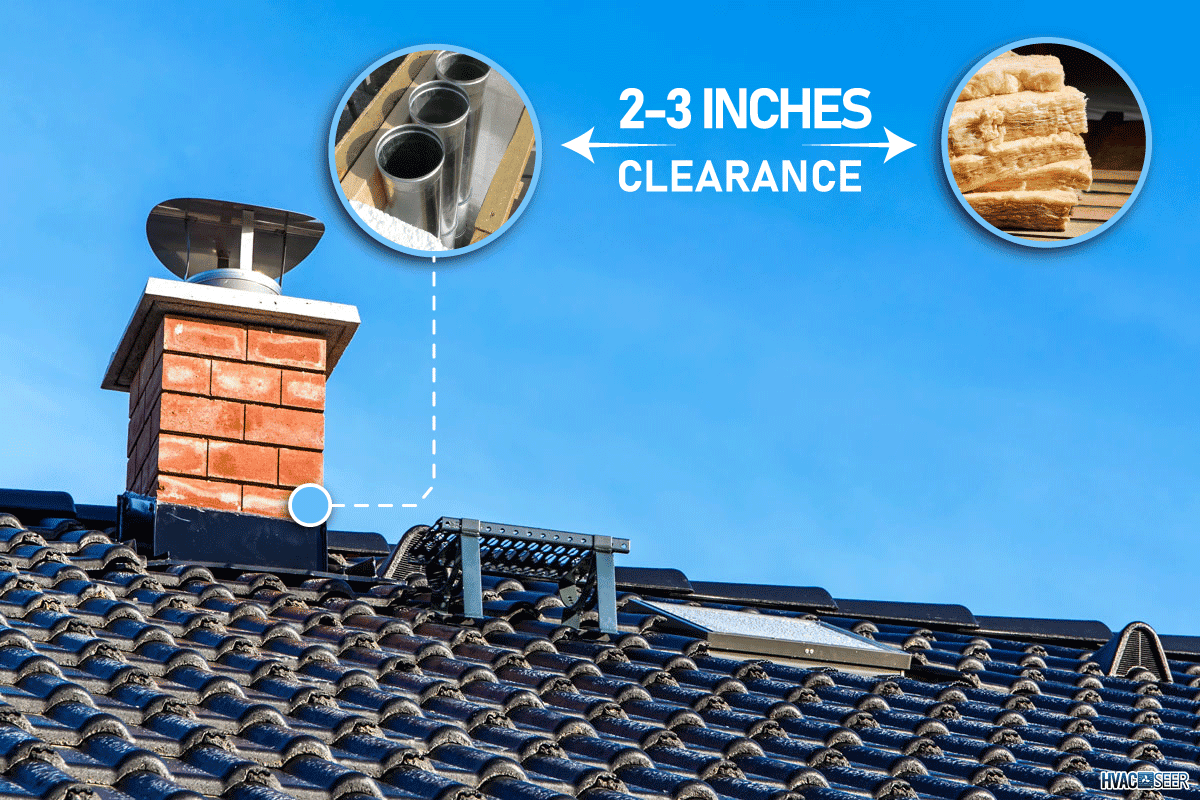
How Close Can Insulation Be To A Chimney?
Most building codes require leaving at least two to three inches of clearance around the chimney. This includes not only insulation materials but others like the frame.
This is to prevent accidents like house fires from happening. Without this space, even the smallest amount of dust and lint can create a spark that will lead to the frame burning and, eventually, your home.
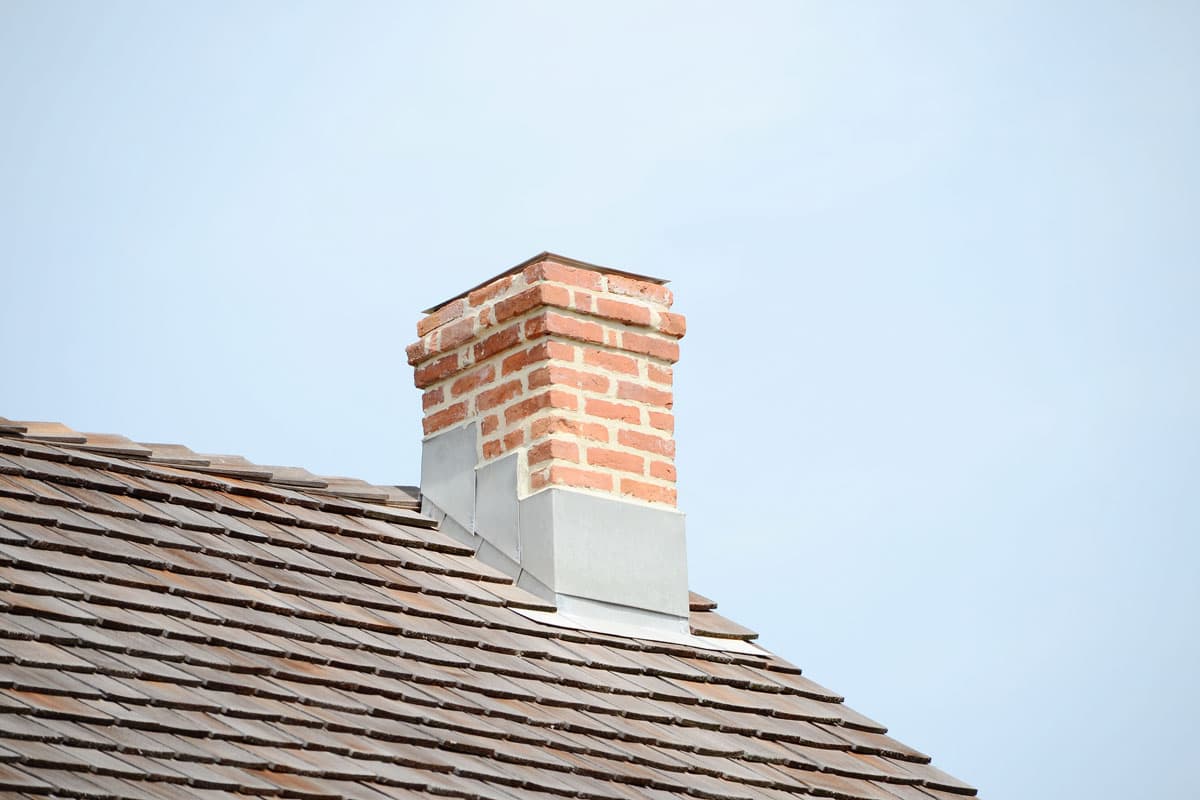
What Are The Benefits Of Chimney Insulation?
When done right, insulation around your chimney can provide many benefits. The following are just some of the major ones that you need to know:
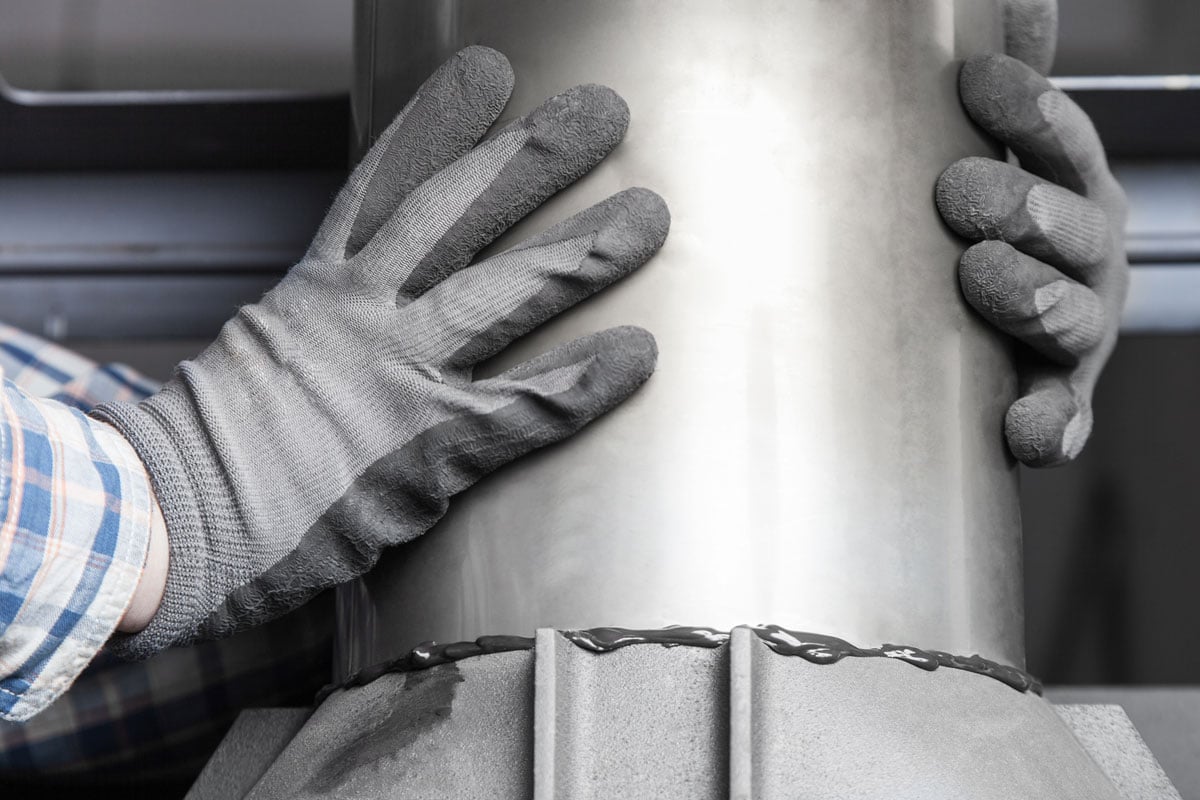
Safety And Protection
One of the benefits of having insulation around your chimney is that it helps prevents accidents like house fires from happening. By installing the insulation correctly, you add a layer around the chimney that acts as a barrier from other parts of your home.
This then limits the heat transfer inside the chimney, reducing the fire risk from breaking out inside your chimney.
Not only that, but it also acts as a shield to the masonry within the chimney. No matter how durable and solid a brick looks, constant exposure to heat and flame will chip away at its sturdiness.
You also expose yourself and your loved ones to carbon monoxide from corroding bricks when that happens. As such, adding layer insulation will help provide you with additional defense against such issues.
Improves Chimney Lifespan
By adding insulation around your chimney, not only are you keeping yourself and your family safe, but you're also extending the lifespan of your chimney. As mentioned earlier, insulation will help keep the masonry from corroding quickly.
Slowing this process down will help prevent your chimney from disintegrating. After all, exposure to outside elements is enough to chip away at the structure's durability. So having a protective layer will help prolong the chimney's lifespan.
Better Efficiency
Last but not least, it helps improve the efficiency of keeping your house warm. Traditional fireplaces are not famous for their efficiency in keeping the inside of your house warm. Even gas and electric fireplaces contribute to a significant heat loss, with most being only around 70 to 80 percent efficient.
As such, having insulation around your chimney will help do wonders when it comes to reducing heat loss inside your home. After all, when not in use, the chimney is a major source of heat loss; this is especially true with traditional fireplaces.
Insulation around your chimney will help kill two birds with one stone. Not only can you reduce the amount of heat that dissipates in the air, but you also get to save money.
How To Insulate A Chimney

Now that you understand the benefits of insulation around your chimney, you will learn which parts need it the most. And as such, this section will tell you all about it and more:
Chimney Liner
A chimney liner already offers much protection when it comes to the chimney. It is built-in insulation itself, as they provide the same benefits as adding a layer of insulation.
As such, insulating it even further will help boost those benefits. Insulation around a chimney liner will help prevent moisture from accumulating inside the chimney due to extreme temperatures and helps prolong the heat in the air.
The latter is important when keeping harmful gasses, like carbon monoxide, safely out of your home.
You can easily buy a chimney liner insulation kit at your nearest hardware store or order one online. If you don't have access to both or wish for an alternative, then using thermal blankets and wraps is another route you can take.
Check out this chimney liner kit on Amazon.
Fireplace Door
Any cracks or small spaces in your fireplace doors can lead to cold air from outside and harmful gases from the fire seeping into your home. In turn, they also allow warm air to escape into the chimney.
So if you find any cracks or gaps within the fireplace doors and frame, it's best to seal them up. You can either caulk the gaps or replace the entirety of the door itself.
Check this fireplace door on Amazon.
Chimney Walls
Last but not least, insulation around the chimney walls will help prevent heat loss from happening. Remember to leave a gap between the chimney walls and the insulation material.
When doing this, comply with the building codes in your area. Additionally, you can add a metal barrier for safety to prevent flammable materials from combusting without warning.
Is It Safe To Use Spray Foam Around A Chimney?

When it comes to the exterior portion of the chimney, spray foam is more than alright. Plenty of spray foams nowadays come with fire retardant material inside, further increasing their safety.
However, the use of spray foam is only for the exterior portion of the chimney and not the inside of it. Under no circumstances should you use spray foam inside the chimney to seal any gaps. In this instance, it's best to use a non-combustible caulk to seal up any spaces between the masonry.
Check this spray foam on Amazon.
When Is It Necessary To Insulate A Chimney?
Traditionally, most chimneys don't require you to insulate them. This is usually the case with wood-burning fireplaces that are a few decades old. You only want to insulate them to improve their efficiency in warming your home.
Most of the time, you will find yourself insulating a chimney when it's far from the norm of traditional ones. For example, chimneys that have too wide of an opening will result in poor heat retention and increased heat loss, which is why insulation is a must.
The same is true with short chimneys since the distance traveled by the warmth coming from the fire is way too short for it to retain in the air.
How Much To Seal And Cap A Chimney?
If your chimney is not in use, you might consider sealing and capping it. This will help eliminate it as a major source of heat loss.
And if you plan to do so, you're looking at between $500 and $650. In some cases, twice that amount, depending on the quality of the chimney cap that you get.
When doing this, it's best to get the help of a professional company. While you can do it on your own to save money, it's not worth it due to the risks involved.
Check this chimney cap on Amazon.
Are There Other Ways To Seal Up The Chimney?
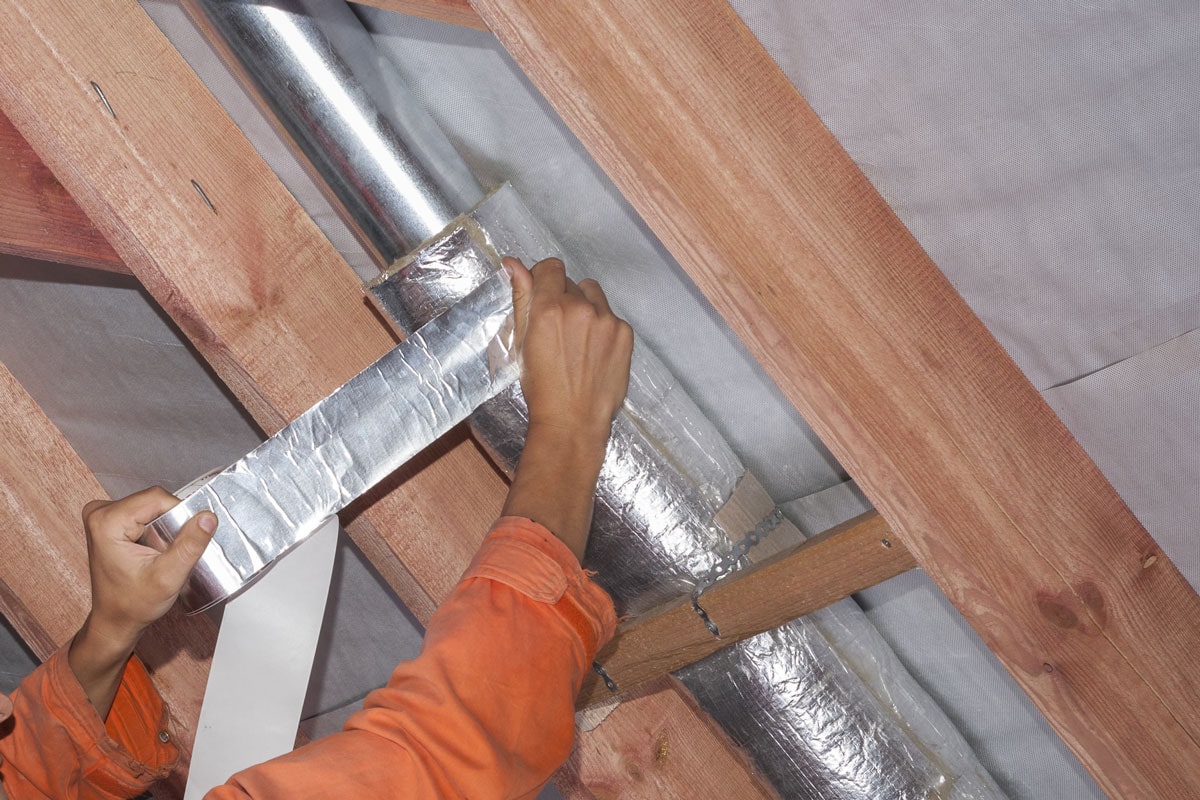
If you want to prevent cold air from getting into your home via the chimney, one way to seal it off is by taping a piece of plastic sheeting over the fireplace. This simple and cheap method prevents heat loss if you don't plan on sealing your chimney anytime soon.
Another option is to use a chimney balloon to seal up the fireplace. This works by allowing the chimney balloon to sit in the chimney's throat and act as some sort of barrier. Of course, for this to work, it needs to be the right size and shape for the chimney.
It also comes with a safety feature where it will immediately deflate when it senses a temperature rise. So you don't need to worry about it sticking tightly in between the interior chimney walls or when you accidentally start a fire while forgetting the chimney balloon.
To Wrap Up
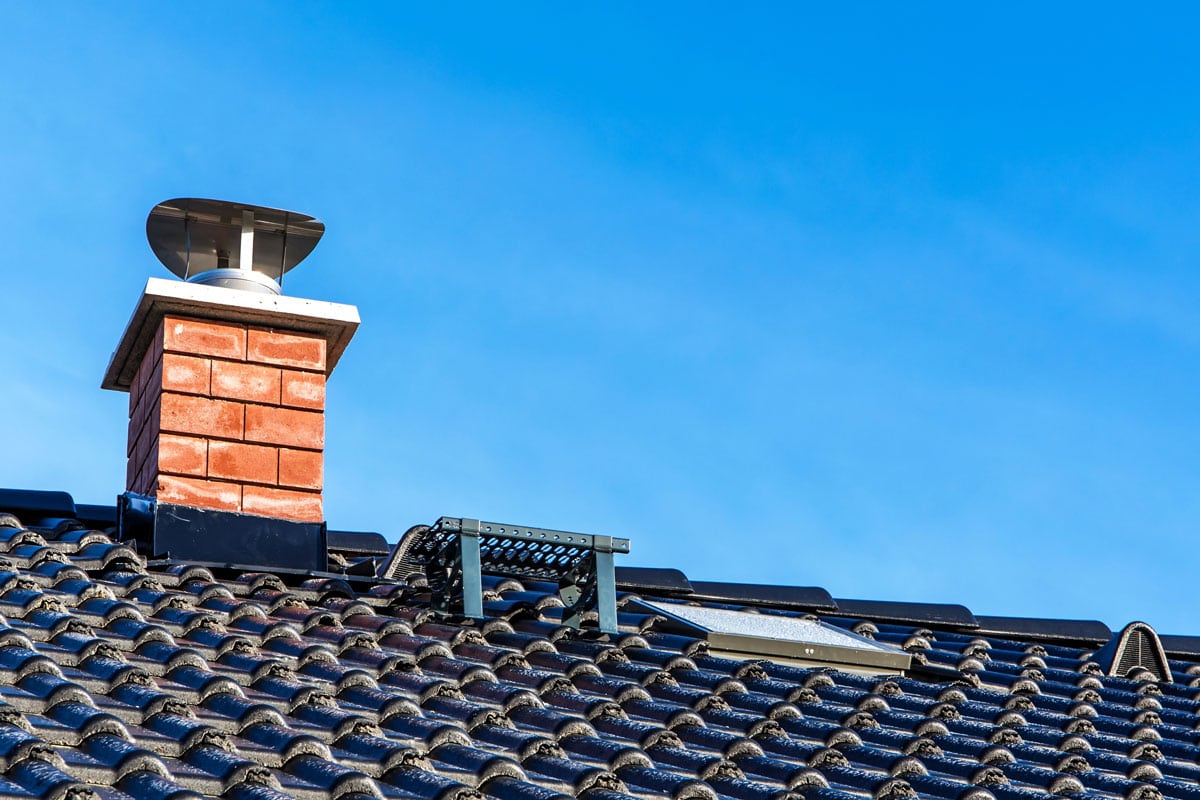
Before you start insulating your chimney, it's best to consult a professional. They will tell you whether it's safe to insulate your particular chimney at home or if you can skip out on it. Additionally, remember always to leave a few inches of clearance between the chimney and the insulation material.
Do you wish to find out more about chimneys? If so, why not check the links provided below:
Is Chimney Soot Flammable? What Homeowners Need To Know
Do Vented Gas Fireplaces Need A Chimney? [Or How Else To Vent Them]




